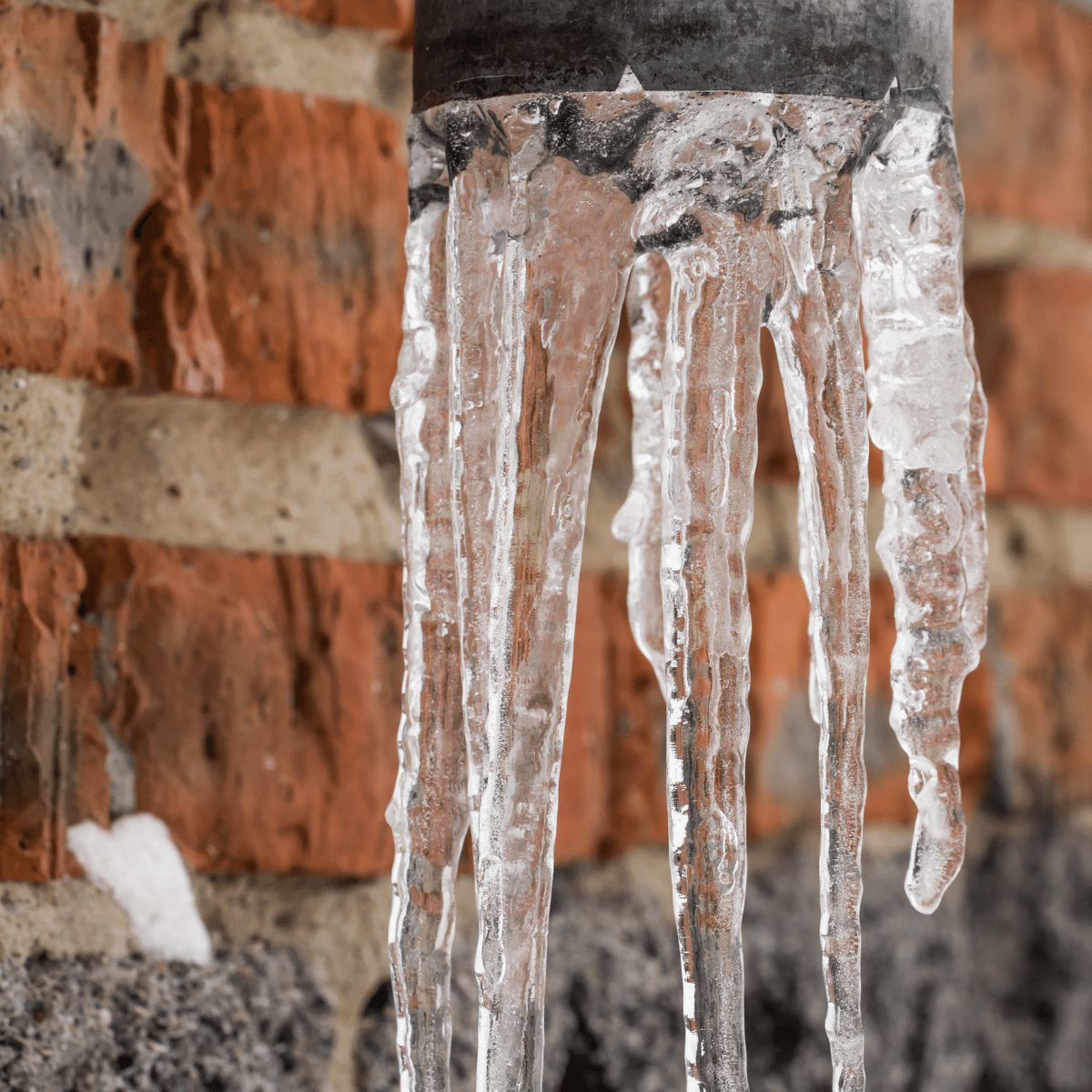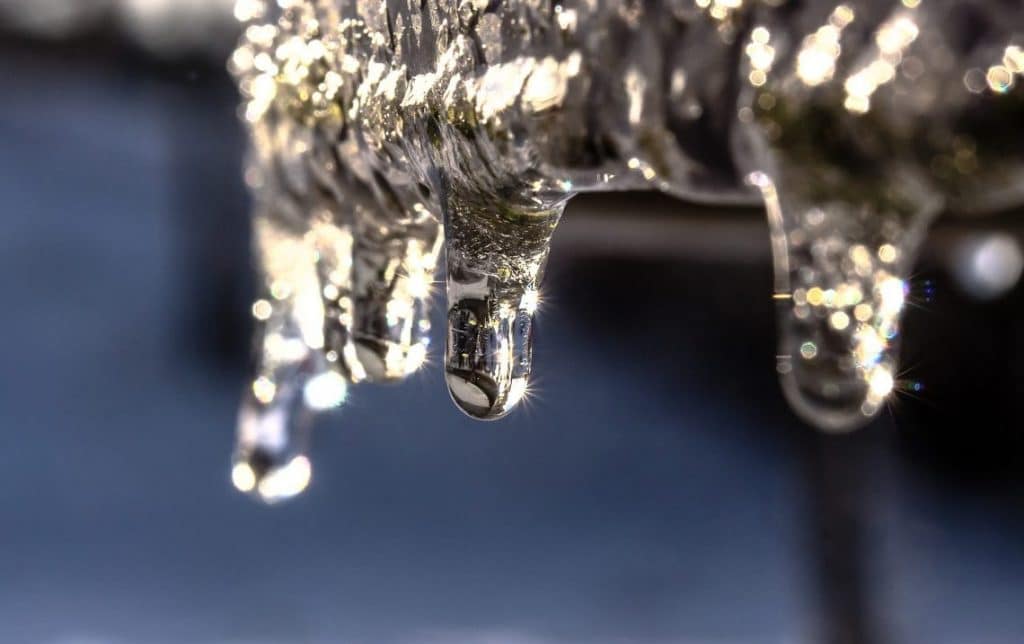Crucial Advice to Avoid Frozen Plumbing in Cold Weather
Crucial Advice to Avoid Frozen Plumbing in Cold Weather
Blog Article
Are you currently interested in selective information involving Prevent Frozen Pipes ?

Cold weather can wreak havoc on your pipes, especially by freezing pipes. Here's exactly how to avoid it from taking place and what to do if it does.
Intro
As temperatures drop, the danger of icy pipes boosts, possibly leading to expensive repair services and water damages. Comprehending exactly how to avoid frozen pipelines is crucial for house owners in cool climates.
Understanding Frozen Pipelines
What triggers pipelines to freeze?
Pipelines freeze when subjected to temperature levels below 32 ° F (0 ° C) for prolonged durations. As water inside the pipelines ices up, it broadens, putting pressure on the pipe walls and possibly creating them to break.
Dangers and damages
Frozen pipelines can bring about water disturbances, property damages, and expensive fixings. Ruptured pipes can flood homes and create considerable structural damages.
Indications of Frozen Pipes
Recognizing frozen pipelines early can prevent them from rupturing.
Just how to identify frozen pipelines
Look for reduced water circulation from faucets, unusual smells or sounds from pipelines, and visible frost on subjected pipes.
Prevention Tips
Shielding susceptible pipes
Cover pipes in insulation sleeves or use warmth tape to protect them from freezing temperatures. Focus on pipes in unheated or outside areas of the home.
Home heating strategies
Maintain indoor rooms properly heated, especially locations with pipes. Open up closet doors to permit cozy air to distribute around pipes under sinks.
Protecting Exterior Plumbing
Garden tubes and exterior faucets
Detach and drain pipes yard tubes before winter season. Mount frost-proof spigots or cover exterior faucets with shielded caps.
What to Do If Your Pipes Freeze
Immediate actions to take
If you presume frozen pipelines, keep taps open to soothe pressure as the ice thaws. Use a hairdryer or towels taken in warm water to thaw pipelines gradually.
Long-Term Solutions
Structural changes
Take into consideration rerouting pipes far from outside walls or unheated areas. Include added insulation to attics, basements, and crawl spaces.
Upgrading insulation
Purchase high-quality insulation for pipes, attic rooms, and wall surfaces. Correct insulation helps preserve constant temperature levels and reduces the threat of frozen pipelines.
Conclusion
Stopping icy pipes requires aggressive steps and quick actions. By comprehending the causes, indications, and preventive measures, home owners can protect their pipes during winter.
5 Ways to Prevent Frozen Pipes
Drain Outdoor Faucets and Disconnect Hoses
First, close the shut-off valve that controls the flow of water in the pipe to your outdoor faucet. Then, head outside to disconnect and drain your hose and open the outdoor faucet to allow the water to completely drain out of the line. Turn off the faucet when done. Finally, head back to the shut-off valve and drain the remaining water inside the pipe into a bucket or container. Additionally, if you have a home irrigation system, you should consider hiring an expert to clear the system of water each year.
Insulate Pipes
One of the best and most cost-effective methods for preventing frozen water pipes is to wrap your pipes with insulation. This is especially important for areas in your home that aren’t exposed to heat, such as an attic. We suggest using foam sleeves, which can typically be found at your local hardware store.
Keep Heat Running at 65
Your pipes are located inside your walls, and the temperature there is much colder than the rest of the house. To prevent your pipes from freezing, The Insurance Information Institute suggests that you keep your home heated to at least 65 degrees, even when traveling. You may want to invest in smart devices that can keep an eye on the temperature in your home while you’re away.
Leave Water Dripping
Moving water — even a small trickle — can prevent ice from forming inside your pipes. When freezing temps are imminent, start a drip of water from all faucets that serve exposed pipes. Leaving a few faucets running will also help relieve pressure inside the pipes and help prevent a rupture if the water inside freezes.
Open Cupboard Doors
Warm your kitchen and bathroom pipes by opening cupboards and vanities. You should also leave your interior doors ajar to help warm air circulate evenly throughout your home.

Do you appreciate reading up on Preventing and dealing with frozen pipes? Write a comment directly below. We'd be happy to know your reactions about this content. In hopes to see you back again soon. Sharing is good. Helping others is fun. Thank-you for your time invested reading it.
Schedule Here Report this page